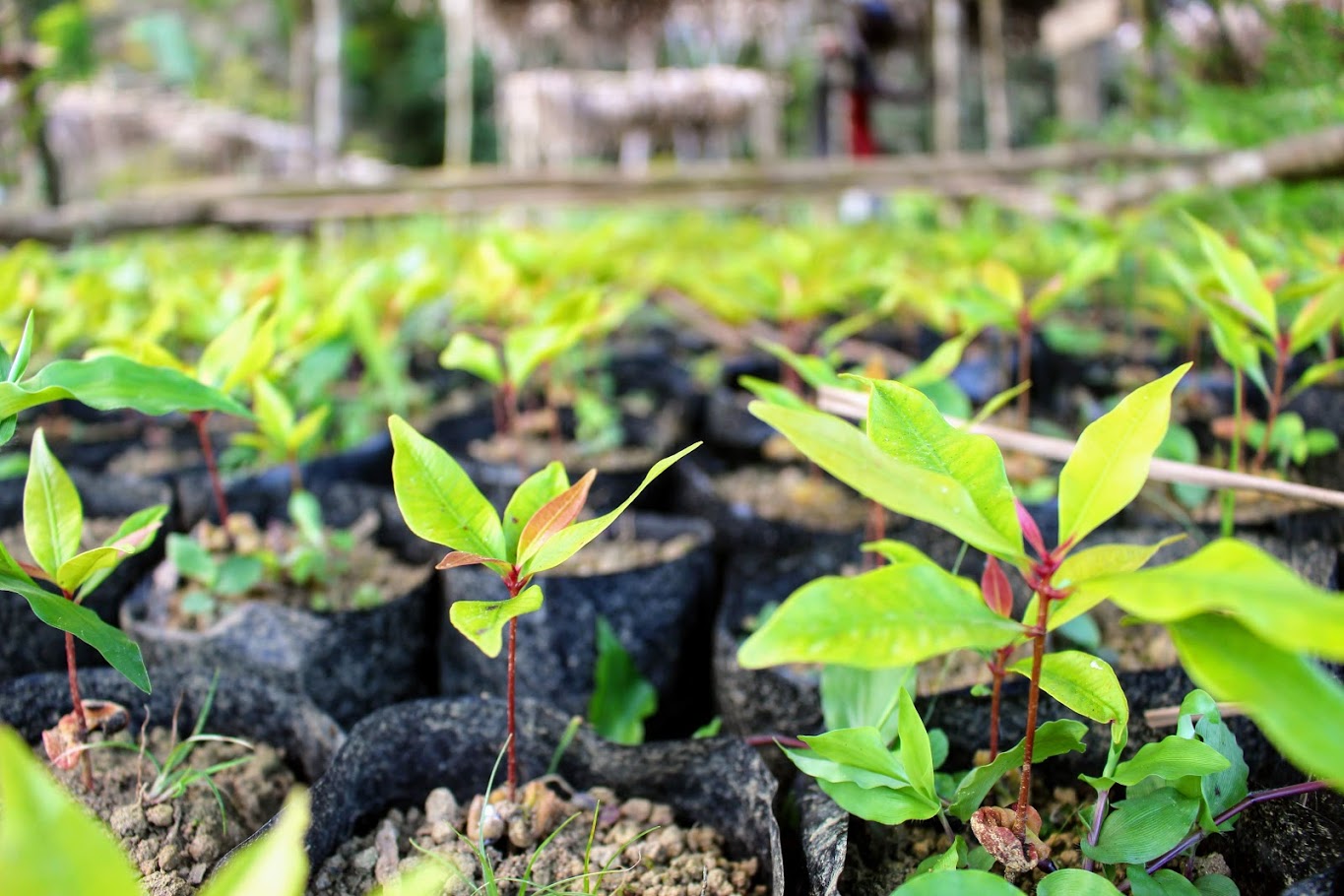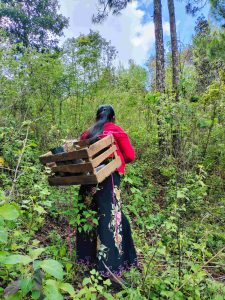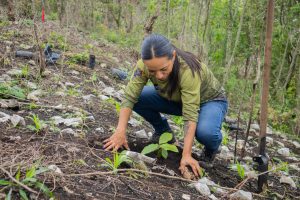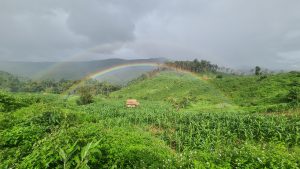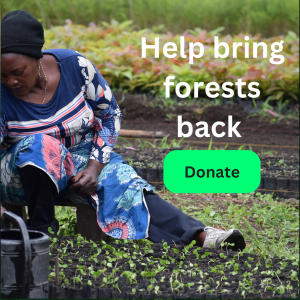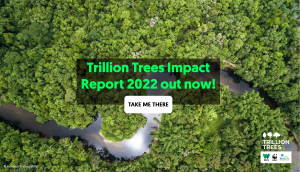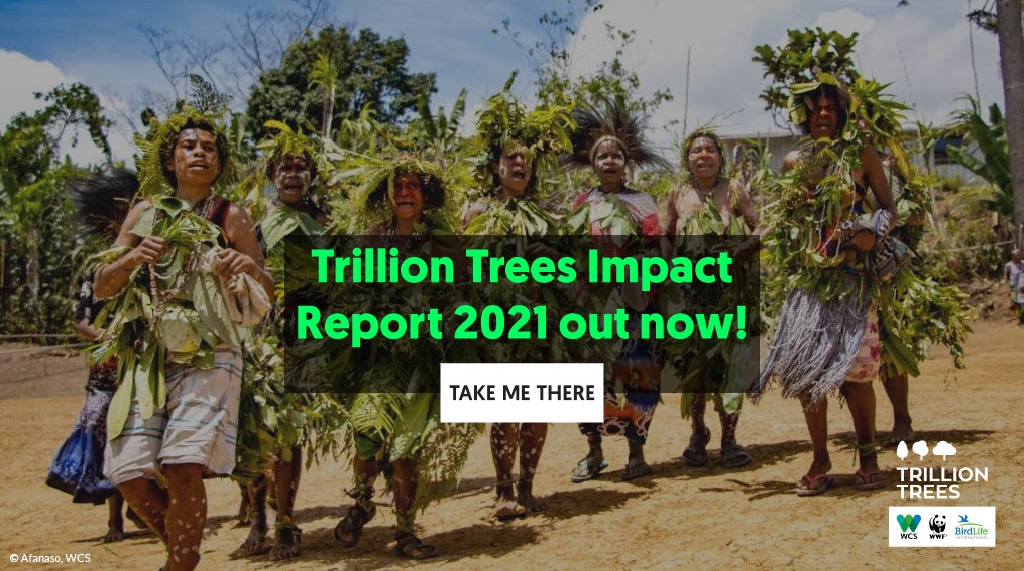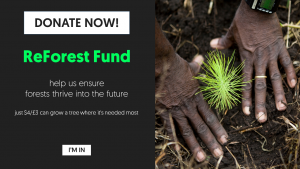In the wake of unprecedented commitments and financial pledges for forests made at the UNFCCC COP26 conference, Trillion Trees has launched an online tool to provide practical guidance for investing in good forest restoration that will provide multiple social and environmental benefits.
Recent months have seen rapid growth in the number and variety of tree planting projects around the world. The Trillion Trees Guide to Investing in Forest Restoration takes users through a series of nine diagnostic questions to consider when assessing any forest restoration initiative.
The interactive tool helps those looking to support forest restoration by asking a series of questions to better understand the potential of any given restoration programme. Questions are specifically about how a programme might deliver progress against the triple challenge the world faces: the urgent need to address the climate crisis, the loss of global biodiversity, and the increasing inequality of opportunities for people around the world.
It works like this: between 2000 and 2021, WCS restored forest in Rwanda, clearing invasive ferns to allow the forest to re-grow naturally, while working to improve local community farming practices. The project scores a total of 23 (the highest possible score being 27) on the Investment Guide tool. The score indicates that the initiative has at the very least considered how to deliver positive results across the three key indicators: people, nature and the climate.
In building the tool, Trillion Trees has worked in collaboration with the Nature4Climate initiative, following the principles set out in the UN Decade on Ecosystem Restoration and other global guidance1 and drawn on the deep experience of the Trillion Trees partners over decades of expert conservation work.
“This diagnostic tool is a big step forward,” said Robin Chazdon, Professor of Tropical Forest Restoration at the University of the Sunshine Coast. “While careful detailed analysis is required when designing restoration programmes, this interactive guide will be a valuable asset to those who are considering different options for investments in forest restoration to assist the recovery of ecosystems.”
John Lotspeich, Executive Director of Trillion Trees said:
“At COP26 in Glasgow, the crucial role forests play in stabilising our climate, protecting biodiversity and providing economic opportunity came into sharper focus than ever before. Political will and the financial commitments made there present a huge opportunity to deliver the enormous benefits of forests to address these challenges. But we cannot afford, and we don’t have time, to get it wrong. This interactive tool is a first step to enabling investors – corporate, private and institutional – to interrogate any forest restoration schemes they are considering so that they can better understand how to achieve maximum impact for their investments in restoration.”
Key questions from the Trillion Trees Investment Guide
- Does the project prioritise the protection of standing forests? 74 billion tons of CO2 are stored in intact forest landscapes across the world - equalling nearly two years of global emissions from all sectors. We must first protect what we have.
- Where is the restoration happening? ‘Right trees in the right places’ is a vital consideration for long term impact.
- Are local people involved? Long term success of restoration is closely linked to community engagement
- How does the project affect the plants and animals in and around it? Maintaining biodiversity is key to nature-positive climate action
- Does the initiative track and measure progress and outcomes? Monitoring and assessment of restoration projects is vital to the success of global forest conservation efforts.
1The tool follows the principles of Forest and Landscape Restoration, the UN Decade on Ecosystem Restoration and Kew Garden’s Ten Golden Rules for restoring forests.
Also see: The Global Partnership on Forest and Landscape Restoration

